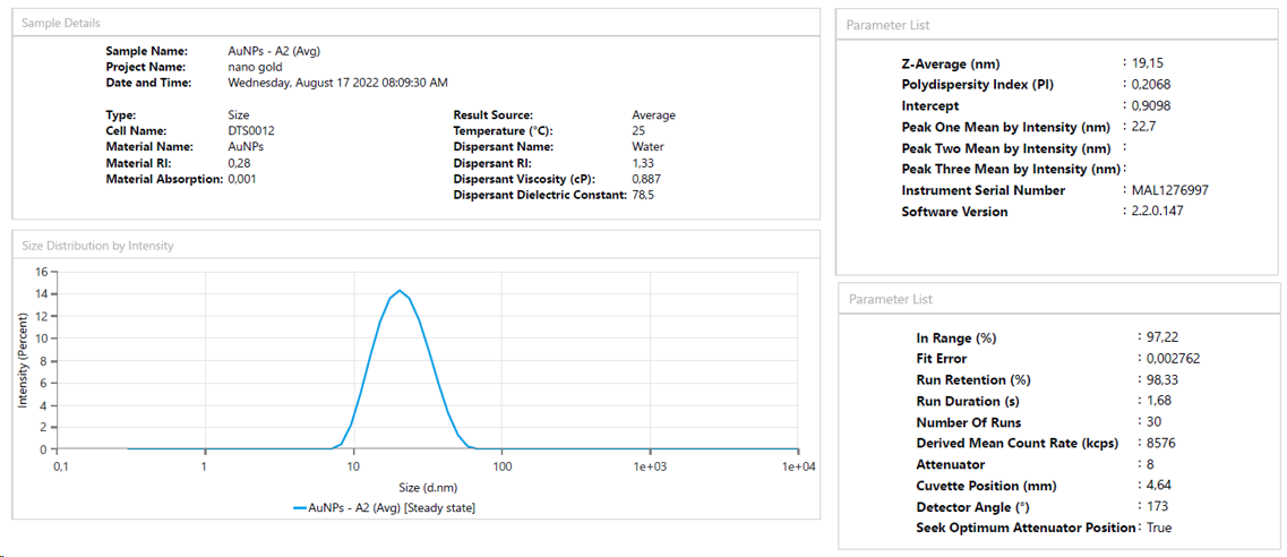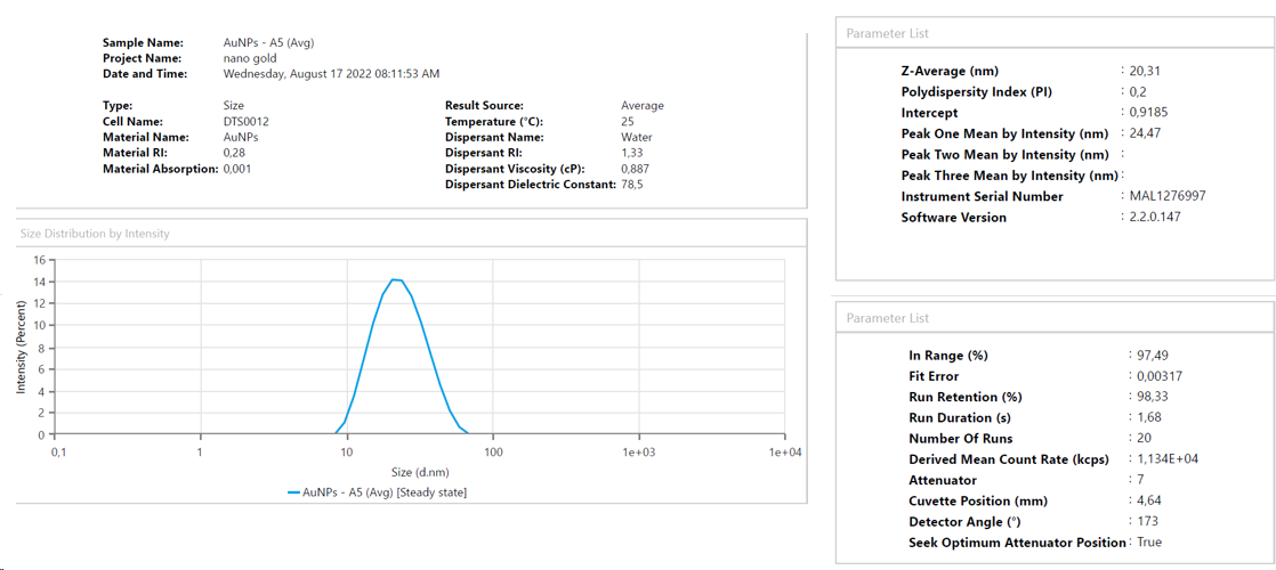GNPs have emerged as revolutionary tools in the field of diagnostics, paving the way for more precise and efficient detection methods. These minuscule particles exhibit unique optical and chemical properties that make them ideal for diagnostic applications.
Disease Diagnostics
In diagnostics, GNPs are often functionalized with specific molecules that can selectively bind to biomarkers associated with diseases. This targeted binding allows for highly sensitive and specific detection of various medical conditions, including cancer, infectious diseases, and cardiovascular disorders.
GNP compatibility with various imaging techniques, such as computed tomography (CT), magnetic resonance imaging (MRI), and photoacoustic imaging, enhances the diagnostic process. Additionally, GNPs can serve as carriers for drugs, enabling targeted drug delivery to affected areas.
As researchers continue to unlock the full potential of GNP, the diagnostic landscape is undergoing a transformative shift. The integration of GNPs into diagnostic tools promises quicker, more accurate, and less invasive methods for detecting diseases, ultimately contributing to improved patient outcomes.
Techniques to Characterize GNP
To characterize GNP, there are several techniques that we can use such as electron microscopy and dynamic light scattering (DLS). DLS has several advantages compared to electron microscopy due to easier sample preparation and its ability to measure samples in bulk.
Advantages of DLS
1. Easier sample preparation. GNP can be analyzed directly in the DLS system without any need for additional processes like coating or reagent addition.
2. Bulk measurement. DLS measurement enables users to measure GNP samples in bulk rather than measure particle by particle which might give a significant standard deviation. This deviation happens due to only a portion of GNP particles being measured compared to the whole population.
It is important the GNP sample be measured correctly and always at a consistent measurement angle. This will minimize size variation due to the multiple scattering effects (a phenomenon where photons scattered from the sample are re-scattered from neighboring particles before reaching the instrument detector) in the concentrated sample.
Hence equipment with movable optics capability to determine measurement location within the measurement cuvette, such as the Malvern Zetasizer Advance with a non-invasive backscatter principle, is a valuable tool in working with GNP.
3. Data processing capability. During the GNP characterization process, it is sometimes difficult to prevent contamination, even with a very small amount of contaminant. the presence of dust, including filter spoil, column shedding, tracer aggregates, or material from dirty lab ware, can have detrimental effects on the measurement of GNP particles, and algorithms exist to suppress these effects.
Therefore, an analyzer with good processing capability will be beneficial to prevent the skewing of data for small particles whilst retaining insight into the presence of aggregates that may otherwise be lost. One example of this is the adaptive correlation function in Malvern Zetasizer Advance.
Application Case Study
Here is an example of GNP analysis using the DLS system. GNP sample was obtained from Padajajaran University Chemistry Department, Bandung. The GNP samples are marked as A2 and A5 by the customers. Samples are from the same source of GNP but with slightly different treatments during formulation
In this case, we used the Malvern Zetasizer Advance Pro Blue Label which uses a 4 mW 633 nm He-Ne laser. Measurement results show that the GNP samples marked as A2 and A5 have average particle size distribution of 19.15 nm and 20.31 nm respectively with 0.2 polydispersity index. It indicates that the GNP sample is already within its intended range of 1-100 nm and with relatively homogeneous distribution.














